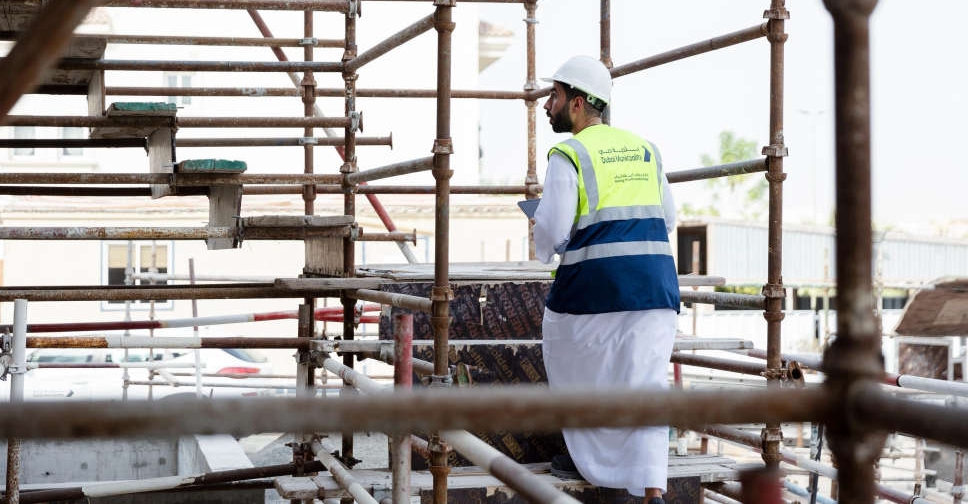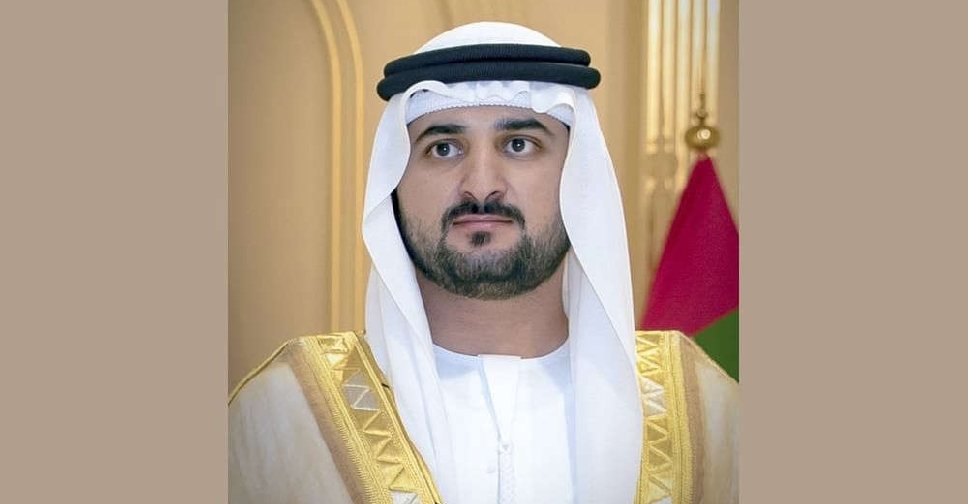
China’s leaders signalled they will take further steps to support growth, including widening the fiscal deficit and stimulating the housing market, to put a floor under the economy’s slowdown. Monetary policy must be more “flexible” and fiscal policy more “forceful” as leaders create “appropriate monetary conditions for structural reforms,” according to statements released at the end of the government’s Central Economic Work Conference by the official Xinhua News Agency on Monday. It said the fiscal deficit ratio should be raised gradually. While the leadership also endorsed structural reforms and reining in China’s increasing reliance on credit, the macroeconomic policy statements indicated concern about letting the economy’s expansion slow too much. "Although the overall cyclical policy stance is set to be ’steady’, the tone on fiscal, monetary and other policies was modestly dovish," economists at Goldman Sachs Group Inc. led by Song Yu wrote in a note. "The more positive cyclical policy tone from this conference makes us somewhat more comfortable with our forecast of only a moderate growth deceleration in 2016." The government’s annual growth target is typically set at the gathering, though not announced. President Xi Jinping has previously suggested the nation must meet a minimum annual average growth pace of 6.5% through 2020. “They have a challenge to restore their own credibility, and to that end we’ll see concerted easing efforts in order to try to turn the economy around, at least in the short term,” said Mark Williams, the chief Asia economist at Capital Economics Ltd. in London. “It’s clear that policy in a broad sense is still being eased, and it’s reasonable to expect looser fiscal policy next year and also looser monetary policy.” The growth target this year was for a rate of about 7%. Even meeting that, China would see its weakest expansion since 1990. Officials also pledged assistance for rural residents seeking to buy homes in urban areas and encouraged cheaper residential prices, which would help shrink a glut of unsold properties. The government will promote “consolidation of property developers” and encourage them to change marketing strategies, Xinhua reported. Outdated restrictions on home ownership will be removed, according to the report. Monetary policy flexibility has been a theme in recent months as China’s central bank moves toward creating what it calls an interest-rate corridor to guide borrowing costs, away from the old model of setting lending and deposit rates directly. People’s Bank of China officials including research bureau chief economist Ma Jun have mapped out such moves, including setting the seven-day Standing Lending Facility interest rate as the ceiling and interest on excess bank reserves as a floor for rates. The PBOC recently surveyed banks on the possibility and potential impact of removing its benchmark deposit and lending rates, people familiar with the matter said Monday. The survey won’t necessarily result in the immediate removal of benchmark rates, according to the people, who asked not to be identified as the matter hasn’t been made public yet. Communist Party officials in their look toward 2016 also affirmed they will step up supply-side reforms such as dealing with overcapacity, Xinhua said Monday. Top leaders explored such a major policy shift when they met in October to discuss a new five-year economic plan, according to an official familiar with the meeting. Cutting costs for businesses “will be a major task” next year and the government should streamline administrative procedures, cut taxes and fees, and reduce social security contributions to help lower expenses, according to Xinhua. Financial regulators should reduce financing costs for companies and help “normalize interest rates” to benefit the economy. Authorities also should consider lower value-added taxes on manufacturing, it said. The case for additional stimulus has been strengthened by capital outflows after an August currency devaluation, some weaker-than-forecast economic data and the aftermath of a stock- market slide that started in June. Inflation data for November showed there’s scope for looser monetary policy, with consumer prices rising about half the government’s targeted pace and producer prices falling for a record 45th straight month. “Expanding the fiscal deficit ratio is the best choice available,” said Yao Wei, a Paris-based China economist at Societe Generale SA. “More flexibility in monetary policy means further easing, even as a supplement to fiscal policy.” China’s government spending surged in November at more than double the pace of gains for revenue, a signal the government has stepped up fiscal stimulus. Fiscal spending jumped 25.9% from a year earlier to 1.61 trillion yuan (Dh 912.9 billion), while revenue rose 11.4% to 1.11 trillion yuan(Dh 629.3 billion), the Finance Ministry said in a statement last week. Robust consumption and strength in services hasn’t proved enough to offset the drag from slumping old-economy sectors including steel, coal and cement. President Xi said Nov. 3 that average annual growth must be no lower than 6.5% in the next five years to realize China’s goal of doubling 2010 output and per capita income by 2020. Growth will slow to 6.9% this year and 6.5% next year, according to the median of estimates Bloomberg surveys of economists. The latest round of economic data showed signs the economy is stabilizing after policy makers unleashed several rounds of monetary and fiscal stimulus. Industrial output climbed 6.2% in November from a year earlier, while retail sales gained 11.2% for the best reading of 2015.


 Air Arabia to resume Sharjah–Damascus flights
Air Arabia to resume Sharjah–Damascus flights
 Emirates Reit reports strong Q1 2025 with 24% rise in property income
Emirates Reit reports strong Q1 2025 with 24% rise in property income
 Dubai Municipality suspends two consultancy firms
Dubai Municipality suspends two consultancy firms
 H.H. Sheikh Maktoum reviews Ministry of Finance's 2024 report
H.H. Sheikh Maktoum reviews Ministry of Finance's 2024 report



